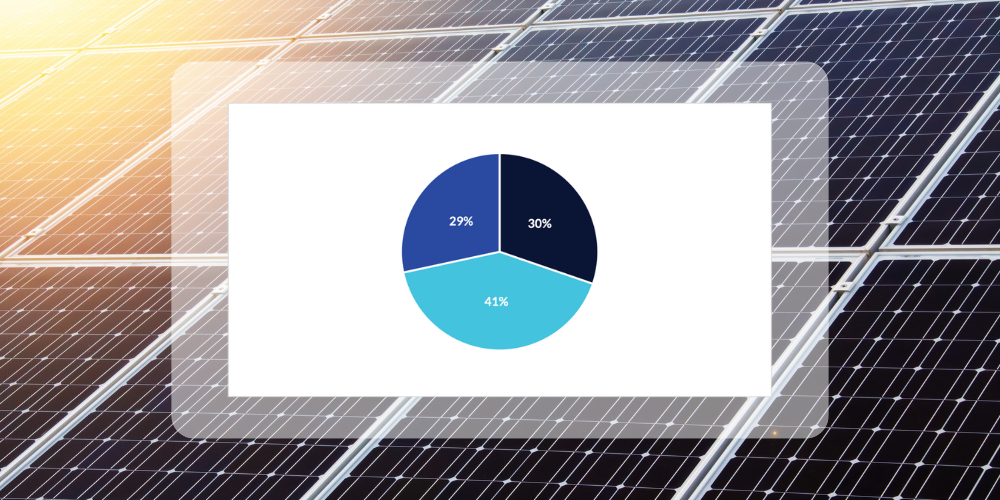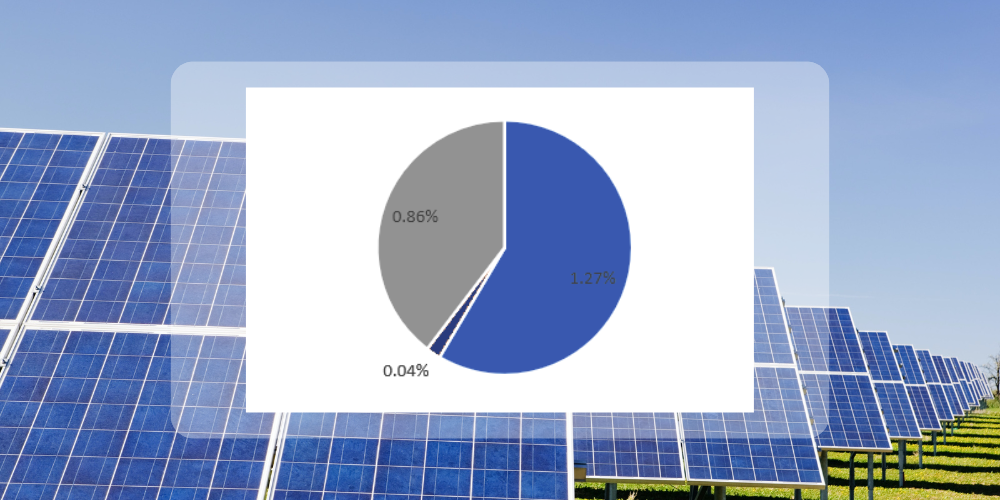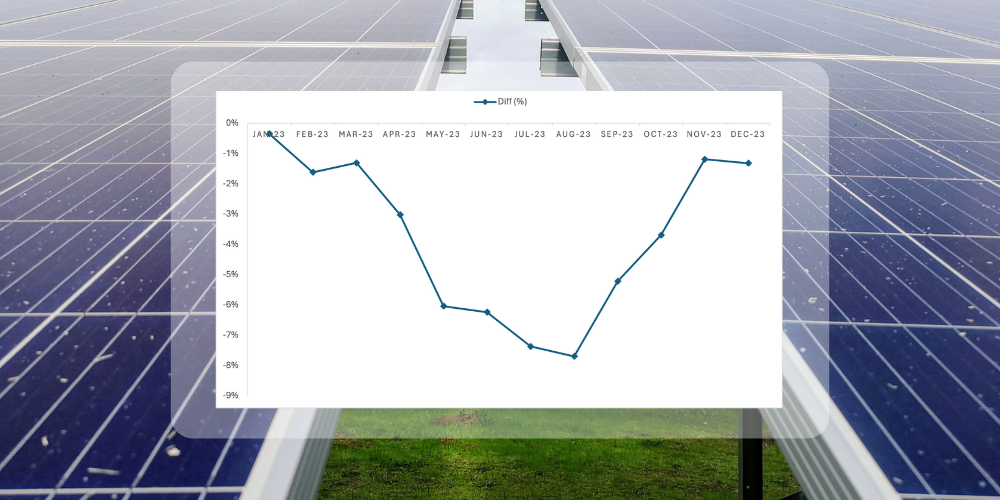Clir’s data frequently helps owners identify loss categories that can be rectified to increase annual energy production. Unfortunately, certain losses are inevitable and cannot be corrected due to contracts, grid regulations and capacity issues.
Grid capacity and curtailment losses are two that are often functions of the design or environment of the solar farm. Although they cannot be mitigated or changed, understanding the magnitude of these losses once the farm is operational can help owners make data-driven battery storage decisions, improve contractual negotiations and set up more accurate production budgets.
What is solar curtailment?
Solar energy curtailment occurs when a PV plant is producing energy but needs to stop exporting some or all of it to the grid. This could be a permanent arrangement due to grid capacity agreements, which identify the maximum capacity that a farm is allowed to export to the grid. It could also be from short-term, temporary shutdowns on the grid, for example, due to restrictions on exporting energy due to repairs.
Clir's curtailment detector
Clir’s curtailment detector analyzes inverter, farm and utility level data to detect uncontrollable losses due to different grid-constraints, including curtailment, ramping and grid capacity.
 A ramping event occurs when there is a notable increase or decrease in the power output of a solar farm within a relatively short timeframeThese events often stem from limitations in grid capacity or disruptions in the total grid or AC subsystems, resulting in sudden reductions in power output from the solar farm.
A ramping event occurs when there is a notable increase or decrease in the power output of a solar farm within a relatively short timeframeThese events often stem from limitations in grid capacity or disruptions in the total grid or AC subsystems, resulting in sudden reductions in power output from the solar farm.
Grid cap tracks losses associated with lost energy due to contracted AC capacity with utility providers. If a solar farm generates more power than contracted due to its total inverter capacity, it has to curtail production because the grid does not allow it to operate normally.
While owners can’t do anything about curtailment losses explicitly, this detector gives insight into the amount of loss due to this underperformance. Solar curtailment events are not applied to inverters that are shut down.
Solar curtailment detector use cases
When a solar farm is built, owners have a general understanding of the grid conditions and an estimation of how much the farm might be curtailed. The reality may be different in operations. Also, over time, grid conditions can change, resulting in the curtailment severity also changing.
With the Clir platform, owners can access their farm’s operational curtailment losses and can compare these to what had been previously expected. If losses exceed expectations, either from the start or over time, then this data can help owners make decision on how to proceed.
Battery storage decisions
A client wanted to understand if battery storage was a viable option at their solar farm by understanding what the curtailment-related losses were. They leveraged the grid cap and curtailment losses identified by the detectors to:
-
Estimated monthly curtailment and grid cap losses.
-
Understand the potential capacity for energy storage.
Clir’s detector is trained using the utility limit signal available through SCADA, along with potential energy and actual production of the inverter, to identify the curtailment and grid cap limit periods.
In analyzing a four-month period of data, the asset managers identified a loss of 750 MWh or 3.5% of total production. This resulted in an annual loss of 2068 MWh.
Leveraging this data, the client was able to evaluate battery storage solutions.
Contract agreements
Understanding losses due to grid caps can also help owners with contract negotiations.
For PPA or offtake agreements, understanding the capacity and amount of energy the farm is generating based on irradiance, versus what is being sold to the supplier, can help owners renegotiate these contracts for more favourable terms and higher revenue. Owners can also use the data to negotiate another point of connection on the grid.
Leveraging Clir's curtailment detector
Despite being unable to change curtailment or grid cap losses, understanding how much energy is being thrown away is still important. Not only does it help owners and stakeholders understand where losses are occurring and how this impacts budgets, it can also help make informed, data-driven decisions to improve future solar farm revenue.






